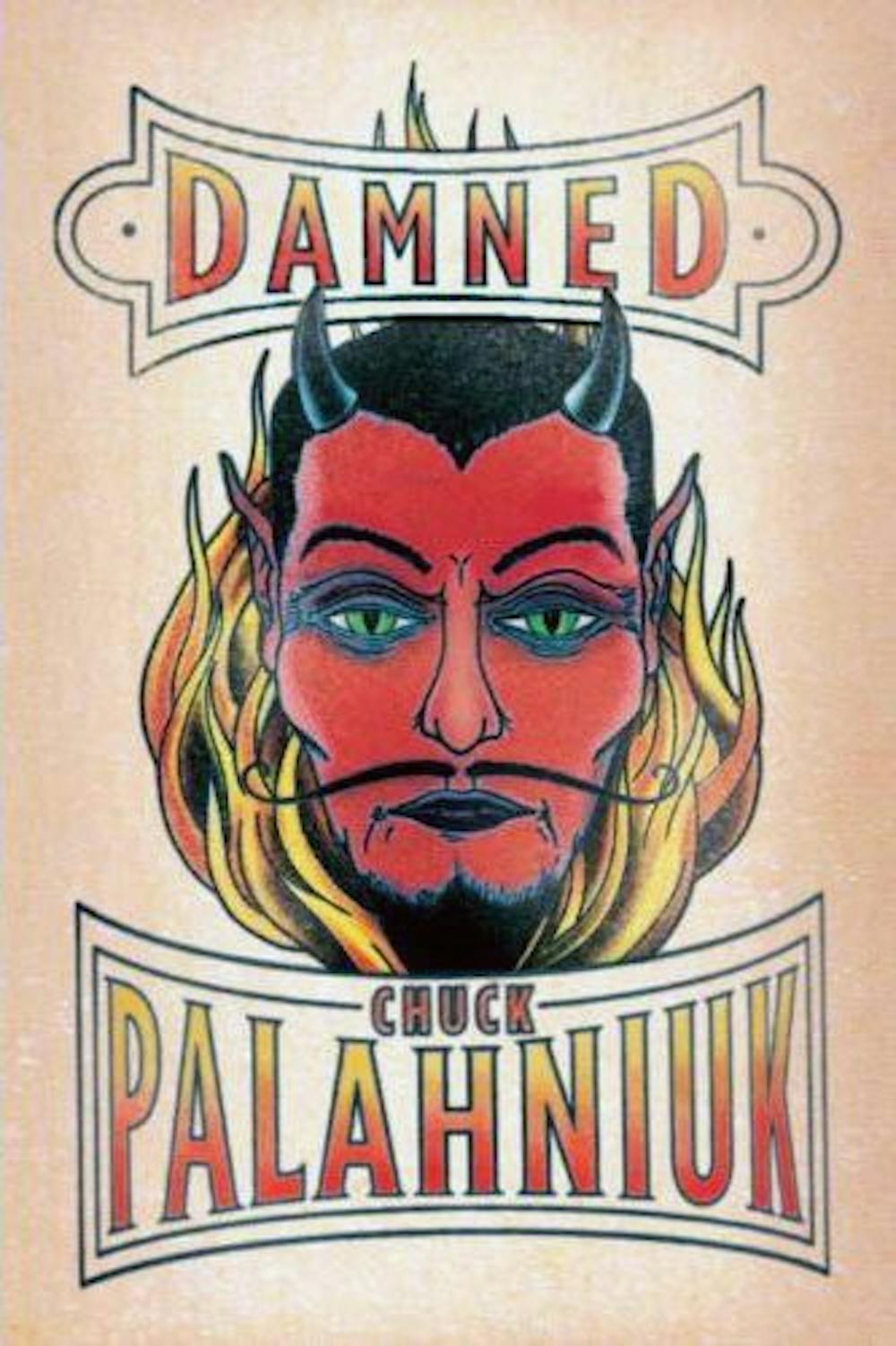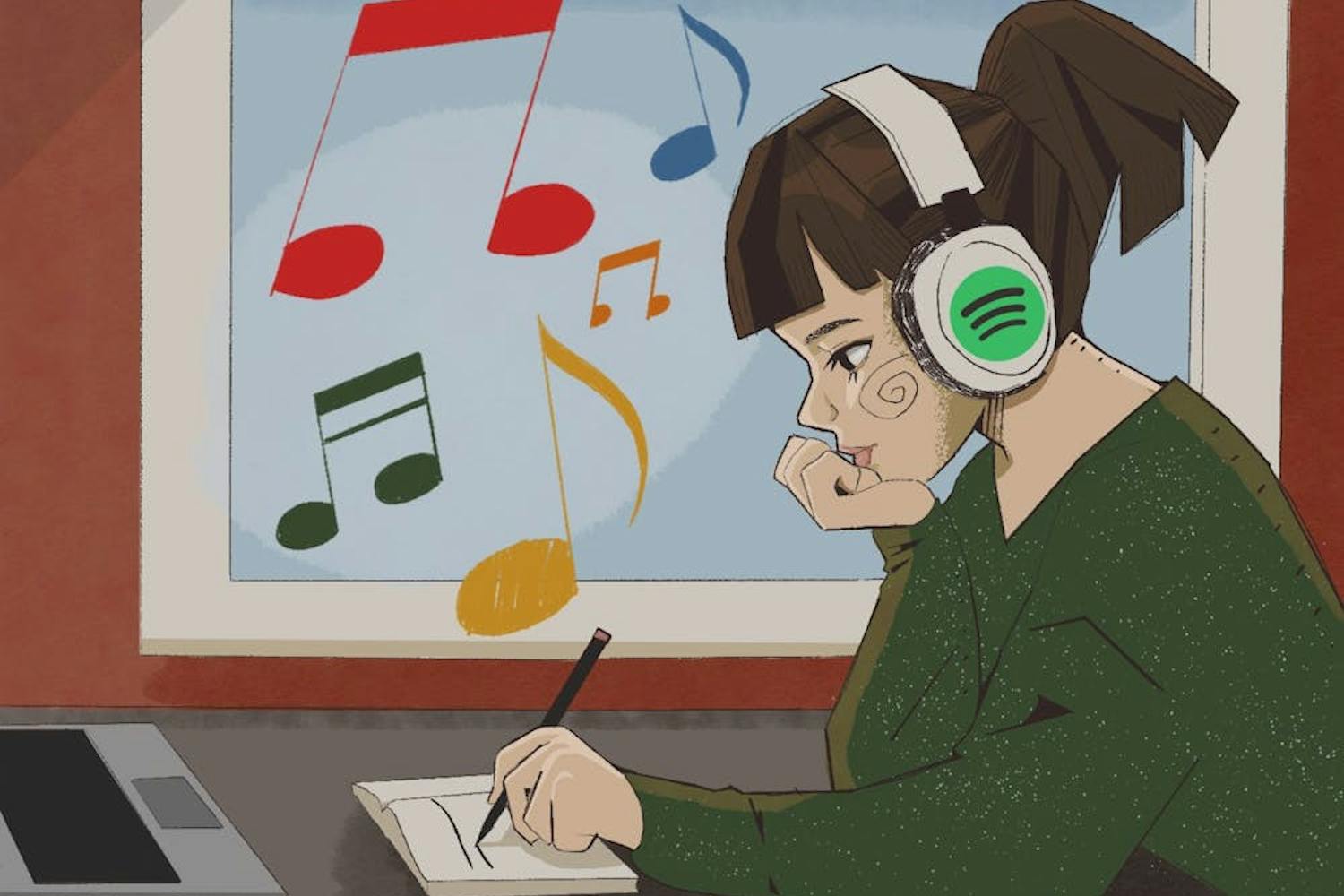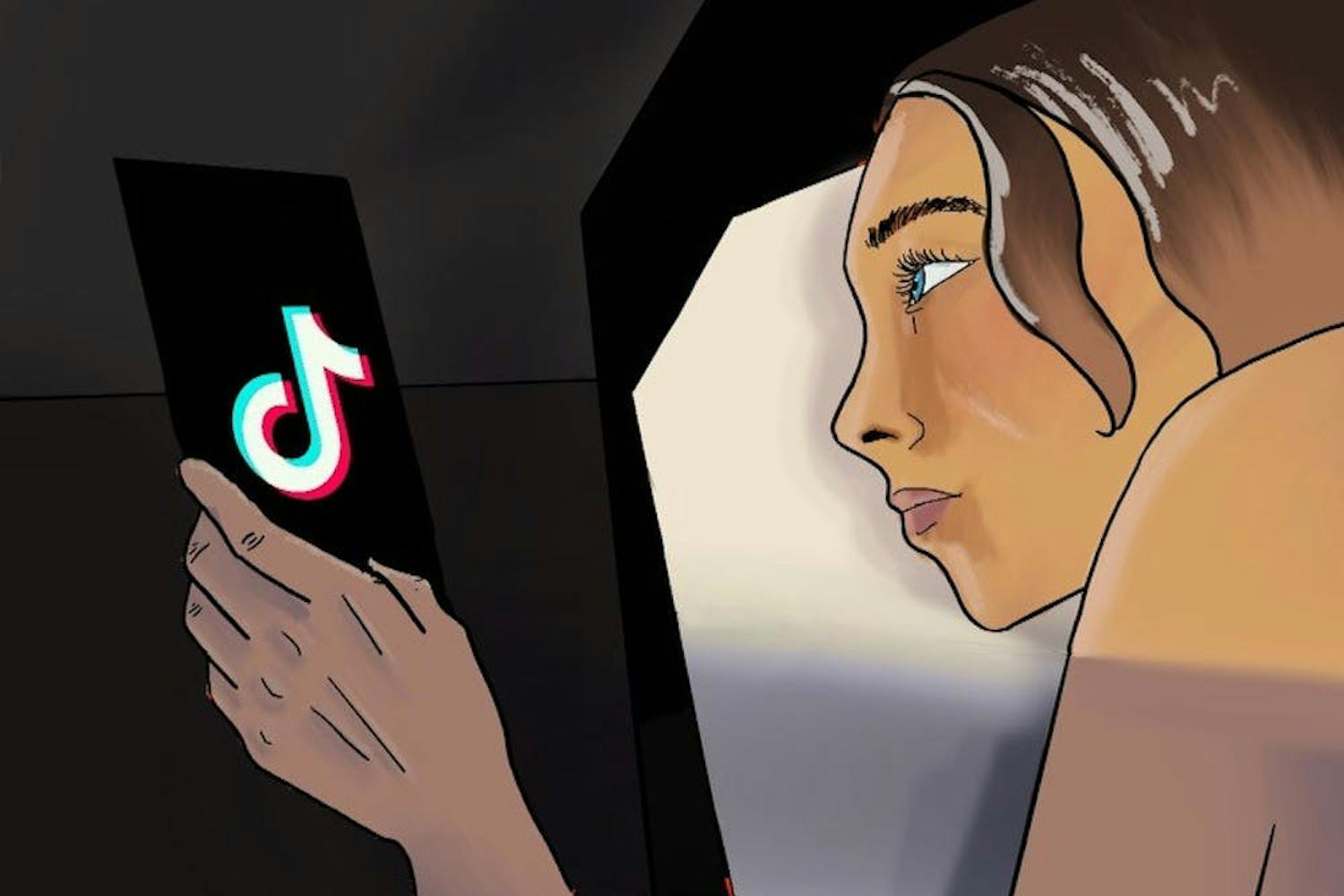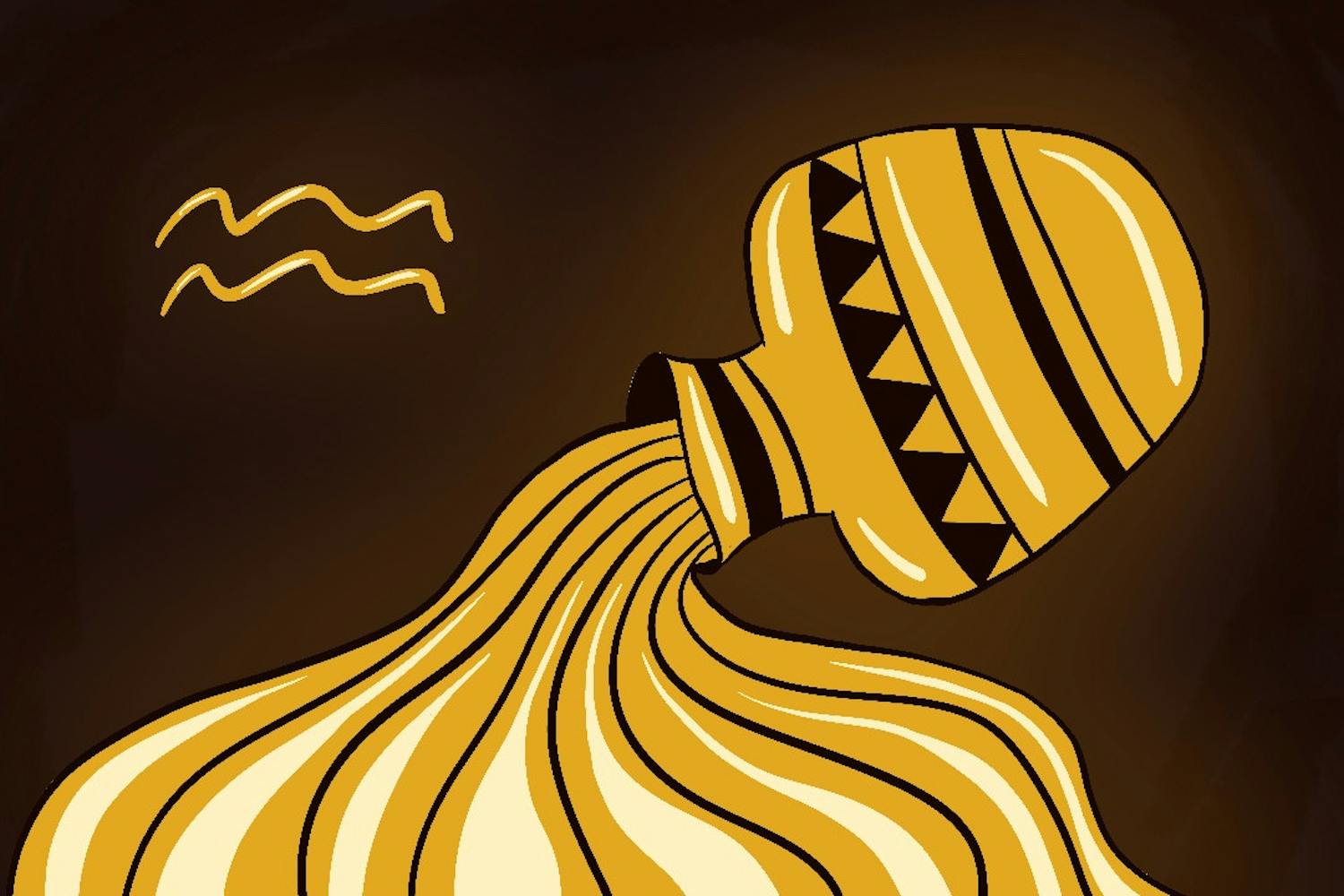'Damned'
Chuck Palahniuk
2/5 Pitchforks
“Damned” brings a whole new meaning to hellish adolescent existence. However, Chuck Palahniuk’s new book tries the patience of his most avid fans as the “Fight Club” author falls into a horrible state of repetition due to the unsustainably thin plot.
The story takes a first-person perspective through the eyes of caustic 13-year-old Madison, who is raised by a Hollywood-famed mother and father with show business values to match. The spiritual ideology that her parents taught her is that she can find her true self through drug use, recycling, an organic diet and nudism as a form of religious practice. She has also been told that there is no such thing as right or wrong; however, if there is a Devil, it may be either Ann Coulter or Big Tobacco.
When Madison’s parents abandon her at Swiss boarding school over winter break so they can flaunt their recent projects and newly-adopted orphans, Madison overdoses on marijuana and finds herself in Hell. In the novel, she travels the depths of the Underworld with a classically diverse crew: a cheerleader, a nerd, a jock and a rebel. Towards the end, Madison hysterically transforms into a pathological egotist and she is introduced to history’s worst tormentors.
Palahniuk exploits much of popular culture to craft the storyline. In a satirical spin on Judy Blume’s novel “Are You There God? It’s Me, Margaret,” every chapter of “Damned” begins “Are you there, Satan? It’s me, Madison.” It is easy to recognize that the teenagers in the Underworld detention center hearken back to “The Breakfast Club.”
Palaniuk’s strength is his ability to call upon the great visual potential of his topic. He is unrestrained in his descriptions of the nastiest people and places imaginable. Some of the noxious places he describes in abhorrent detail are the Great Ocean of Wasted Sperm, Sh-- Lake, Sea of Insects and “the roiling, surging oceans of scalding-hot barf.” While he deftly describes the locations — likely to many people’s chagrin — they do not culminate to a larger meaning for the story.
Palahniuk plays up the great visual potential of hell, which is well-suited to his hyper-detailed, entertaining style. However, his imagery does not make up for the empty plot. Antagonistic tangents are sprinkled throughout, but become dull and redundant quickly. Instead of trying to capture the voice of a 13-year-old girl, the “Fight Club” author tries to adapt the girl to fit the voice of a pessimistic middle-aged man.
Reach the reporter at mgrichar@asu.edu
Click here to subscribe to the daily State Press newsletter.





